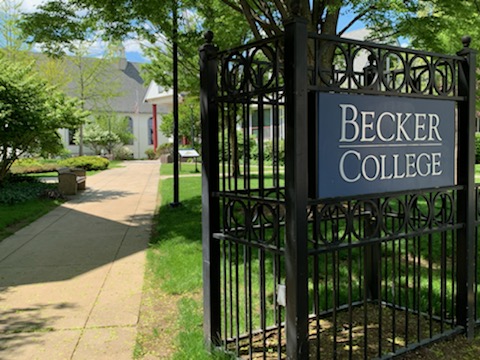
Despite high profile stories about the closing of small liberal arts colleges, such as California’s Mills College and Vermont’s Green Mountain College, college closures have actually declined in the past five years. But the numbers may spike again as declining U.S. birth rates soon translate into fewer graduating high schoolers after 2025.
First, the numbers. Thirty-five colleges and universities shut down in 2021, a 70 percent decrease from 2016, when a peak of 120 colleges shuttered, according to an analysis of federal data by the State Higher Education Executive Officers Association (SHEEO). For-profit operators ran more than 80 percent of the 861 institutions that ceased operations between 2004 and 2021. For perspective, the number of closures over the past 18 years represents almost 15 percent of the 5,860 of the colleges and universities that remain in operation.
“Many have closed their doors in recent years and many more may do so in the years to come,” said Doug Shapiro, executive director of the National Student Clearinghouse Research Center, which collaborated with SHEEO to track what happens to students when their colleges shut down.
Higher education administrators point out that it’s equally important to monitor individual campus closures. The closure of a branch campus can also leave students without good, nearby options for completing their degrees even when the parent institution is still operating branches elsewhere.
The number of these campus closures is 11 times larger. Almost 9,500 campuses closed between 2004 and 2021. Roughly 500 were closed because of a merger or a consolidation with another college. These campuses don’t always shut down physically but students aren’t necessarily able to continue their previous studies there. The remaining 8,986 branch campus closures occurred at 2,011 different institutions. Most of them continued to operate campuses at other locations.
Very few if any of these closures took place at public colleges or universities. One big exception was Purdue University. It shut down four campuses after it purchased for-profit Kaplan University in 2018 and converted it to a public four-year university called Purdue Global. Most other public closures were small ones, such as the closure of a teacher training site at a local elementary school.
Closures happen for many reasons but generally involve declining student enrollment, which leads to diminishing tuition dollars, a main source of revenue for many colleges. Weak finances have cut off for-profit institutions from the federal student loan program. That suddenly prevents students from obtaining subsidized loans to pay their private tuition bills. Many small liberal arts colleges have struggled to attract students altogether.
The consequences for students at these shuttered campuses are enormous. Fewer than half of them ever re-enrolled in college, according to a November 2022 report by SHEEO and the National Student Clearinghouse Research Center.
The two organizations collaborated on a research project tracking 143,000 students at 467 campuses that closed between 2004 and 2020. As of February 2022, only about a third of the 47 percent of students who succeeded in transferring to another campus completed a degree or a credential. More than 60 percent of the students at a shuttered campus became college dropouts, adding to the large pool of U.S. adults who have student loans and no degree.
“Their schools’ closing effectively closes doors on the students’ educational dreams,” said Shapiro. “It is a serious hardship for the students.”
After a campus closure, students often have to apply as a transfer student to a new institution. Shapiro explained that it’s difficult for students to find a college that will accept all the credits that they’ve already earned. It’s even more challenging to find a college with a similar degree program or major without having to start over again with new prerequisites.
Rachel Burns, senior policy analyst at SHEEO, is urging state regulators to make sure all colleges have contingency plans, known as “teach-out plans,” in place so that students are automatically transferred with all of their accumulated credits to another institution. That will be even more important as SHEEO predicts sharp declines in student enrollment and tuition revenue in the years ahead.
This story about colleges closing was written by Jill Barshay and produced by The Hechinger Report, a nonprofit, independent news organization focused on inequality and innovation in education. Sign up for the Hechinger newsletter.


